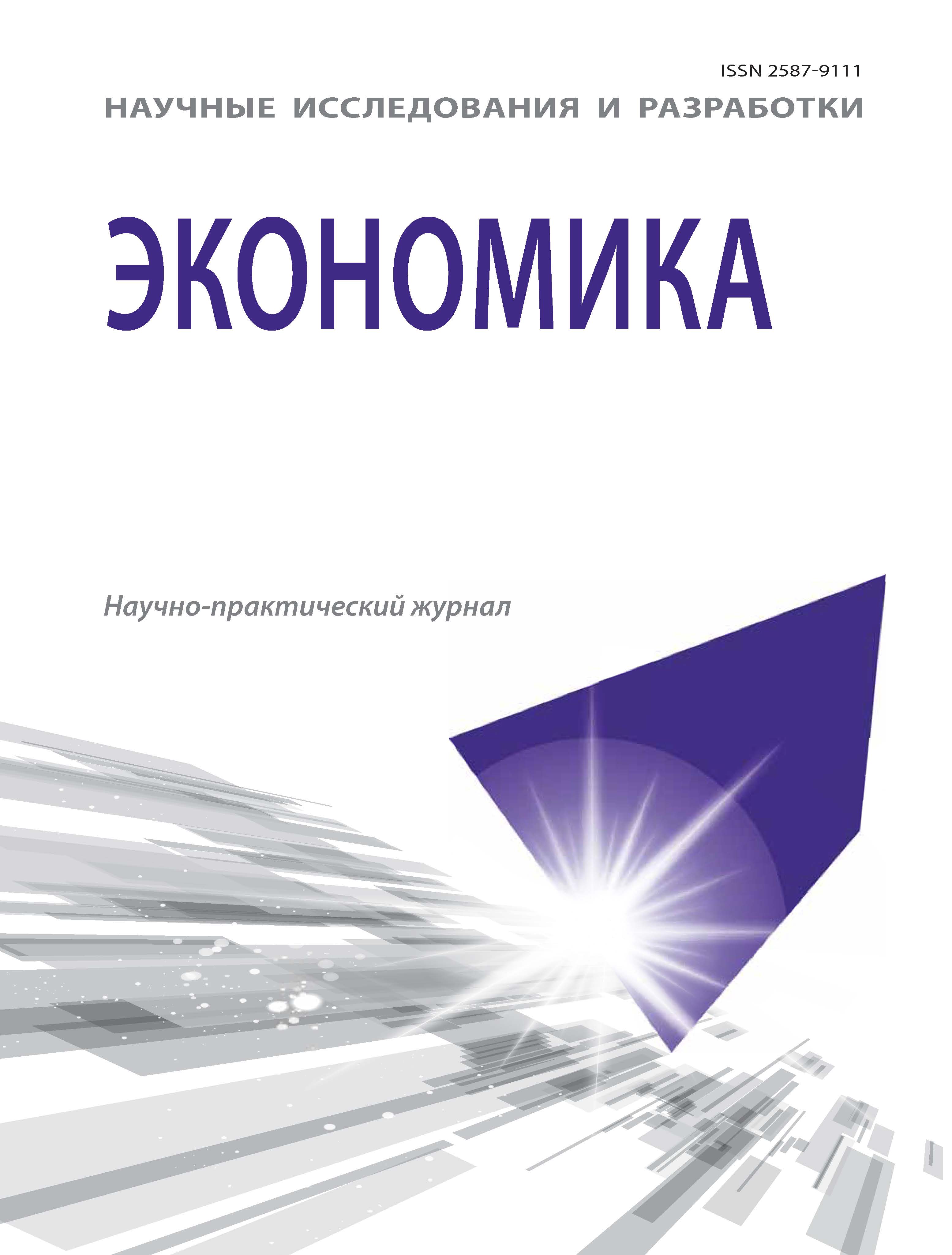Tula, Tula, Russian Federation
Tula, Tula, Russian Federation
The analysis of Rosstat data made it possible to establish that the inequality of wages in a region depends on the average value of wages in this region. Based on cross-sectional data across regions, a model has been built showing that wage inequality is largely determined by the level of wages in the region. Analysis of the relationship between the level of remuneration of various categories of personnel in the region in relation to the average level of remuneration by region on the basis of cross-analysis of these regions made it possible to establish the following. The level of remuneration of managers and specialists is associated with a positive correlation with the average level of remuneration in the region, the level of remuneration of workers and employees is associated with a negative correlation with the average level of remuneration in the region. The higher the wages in the region, the more managers and specialists gain from this and the more workers and employees lose. The level of remuneration of workers in the regions is closely related to the negative correlation with the level of remuneration of managers and specialists. The growth in the level of remuneration in the region is reflected, first of all, in the growth in the level of remuneration for managers and specialists. This is due, firstly, to the fact that in post-industrial technological structures the role of specialists increases and the role of workers in the production of goods and services decreases, which is reflected in the assessment of their contribution to value creation. In addition, the segmentation of the labor market has an impact, its division into parts, between which effective social ties do not work. The upper segment, in which the more “profitable” jobs are distributed, has more executive and specialist jobs, while the lower segment includes the majority of office and blue-collar jobs.
inequality of wages, managers, specialists, workers, employees, post-industrial structures, segmentation of the labor market
1. Iosipenko V.D. Regional'naya differenciaciya oplaty truda kak sderzhivayuschiy faktor rosta sprosa na prodovol'stvie // Ostrovskie chteniya. 2020. № 1. S. 165-169.
2. Limanskaya T.A., Kovaleva A.N. Analiz aktual'nyh problem oplaty truda // Aktual'nye problemy ucheta, analiza i audita. 2020. № 9. S. 46-56.
3. Mahova A.V., Gaydukova D.D. Differenciaciya oplaty truda rabotnikov organizaciy v Rossii kak pokazatel' regional'noy asimmetrii // Ekonomika i predprinimatel'stvo. 2021. № 5 (130). S. 503-506.
4. Migranova L.A. Zarabotnaya plata v Rossii v 2015-2021 godah // Narodonaselenie. 2021. T. 24. № 3. S. 175-190.
5. Miheev V.V. Oplata truda v sovremennyh usloviyah: problemnye aspekty teorii i praktiki // Kadrovik. 2021. № 8. S. 97-102.
6. Oschepkov A.Yu. Mezhregional'nye razlichiya v oplate truda v Rossii: rol' dolgosrochnyh strukturnyh faktorov // Voprosy ekonomiki. 2020. № 11. S. 86-112.
7. Savina S.V. Oplata truda v sovremennyh usloviyah: obscherossiyskiy i regional'nyy konteksty // Kadrovik. 2021. № 2. S. 90-98.
8. Toksanbaeva M.S. Zarabotnaya plata: minimal'nyy razmer i differenciaciya // Narodonaselenie. 2020. T. 23. № 4. S. 40-49.
9. Toksanbaeva M.S. Faktory formirovaniya vysokoy differenciacii zarabotnoy platy // Mezhdunarodnyy zhurnal gumanitarnyh i estestvennyh nauk. 2020. № 10-2 (49). S. 184-191.
10. Glaz'ev S. Strategiya operezhayuschego razvitiya rossiyskoy ekonomiki v usloviyah global'nogo krizisa. M.: Ekonomika, 2010. 287 c.
11. Perez C. Technological Revolutions and Financial Capital: The Dynamics of Bubbles and Golden Ages. Elgar Publishing, 2003. 224 p.
12. Basovskiy L.E., Basovskaya E.N. Postindustrial'nye uklady v ekonomike Rossii. M.: INFRA-M, 2017. 159 s.






